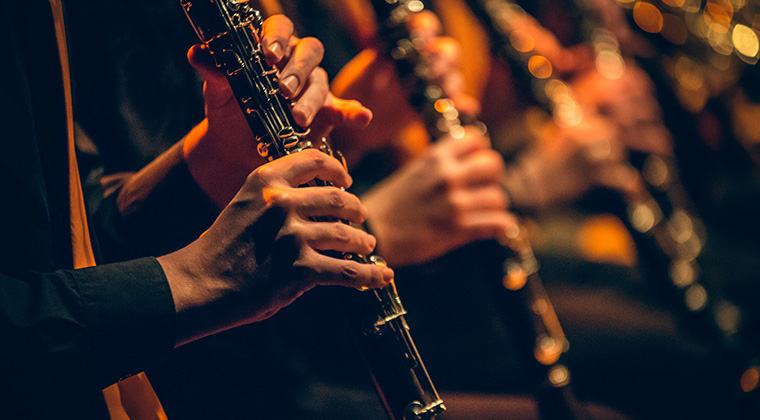WOOD WIND INSTRUMENTS
Woodwind instruments are a fascinating and diverse family of musical instruments known for their rich, expressive tones and unique mechanisms. This review will provide an overview of woodwind instruments, their types, characteristics, and their role in the world of music.
Diverse Family of Instruments:
The woodwind family includes a wide range of instruments, from the delicate piccolo and flute to the deep and resonant bassoon and contrabassoon. These instruments produce sound by vibrating a column of air within a hollow tube, and their distinct timbres make them integral to various musical genres, from classical and jazz to folk and contemporary pop.
Types of Woodwinds:
Flutes: Flutes, whether made of metal or wood, are known for their pure, airy sound. The transverse flute, also called the Western concert flute, is a staple in classical music, while the traditional Irish flute has a unique tonal quality ideal for folk music.
Clarinets: Clarinets are versatile woodwinds with a mellow, reedy tone. They come in various sizes, including the Bb clarinet and bass clarinet, which are popular in classical and jazz ensembles.
Saxophones: Saxophones, although typically made of brass, are considered part of the woodwind family due to their use of a single-reed mouthpiece. They come in several sizes, from soprano to baritone, and are well-known for their central role in jazz and contemporary music.
Bassoons: Bassoons are known for their deep, resonant tones, making them vital in orchestral music, especially for their bassline support. The contrabassoon is even larger and produces an even deeper sound.
Characteristic Sound and Range:
Woodwind instruments offer a remarkable range of expression. They can convey both delicate, lyrical melodies and powerful, virtuosic passages. The timbre of each instrument is characterized by its unique reed type, size, and material, creating a distinctive sonic palette.
Versatility in Musical Genres:
One of the strengths of woodwind instruments is their adaptability to various music styles. While they have a significant presence in classical orchestras and chamber ensembles, they also play a crucial role in jazz, traditional folk music, and contemporary popular music, demonstrating their versatility.
Challenges and Technique:
Learning to play woodwind instruments can be challenging due to the intricacies of embouchure and breath control. Additionally, the maintenance of reeds and regular instrument care can be demanding. However, mastering these skills can be highly rewarding.












